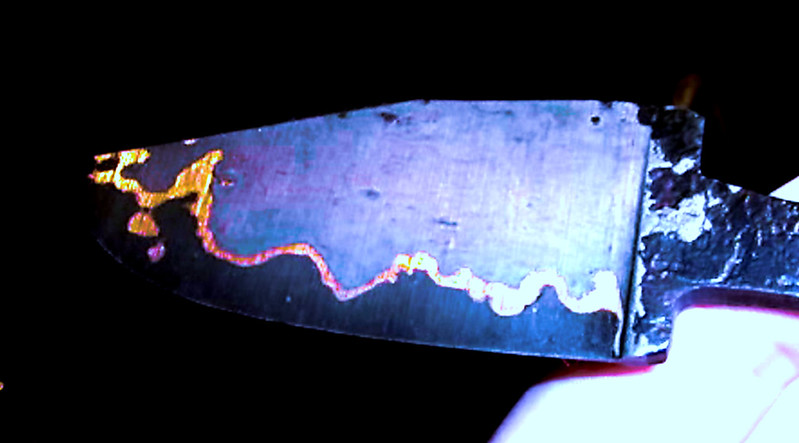- Joined
- Nov 27, 2013
- Messages
- 1,626
im gonna get right to it with this thread.
I’m hearing 420 stainless is the easiest stainless steel to forge weld for San Mai. The problem is, I can’t find it anywhere in a thickness less that .250”. Does anyone know where to get some 3/32”, 5/64”, or even 1/16”?
Now, as far as using it for San Mai. What is the easiest high carbon steel to weld it to? Once it’s forge welded, can the billet be drawn out a little or will that cause problems with the 420?
Lastly does anyone have advice for doing this? I’m planning to weld around the entire billet prior to attempting to forge weld it. In an effort to “dry weld” it. As there anything else I’m forgetting?
I’m hearing 420 stainless is the easiest stainless steel to forge weld for San Mai. The problem is, I can’t find it anywhere in a thickness less that .250”. Does anyone know where to get some 3/32”, 5/64”, or even 1/16”?
Now, as far as using it for San Mai. What is the easiest high carbon steel to weld it to? Once it’s forge welded, can the billet be drawn out a little or will that cause problems with the 420?
Lastly does anyone have advice for doing this? I’m planning to weld around the entire billet prior to attempting to forge weld it. In an effort to “dry weld” it. As there anything else I’m forgetting?













